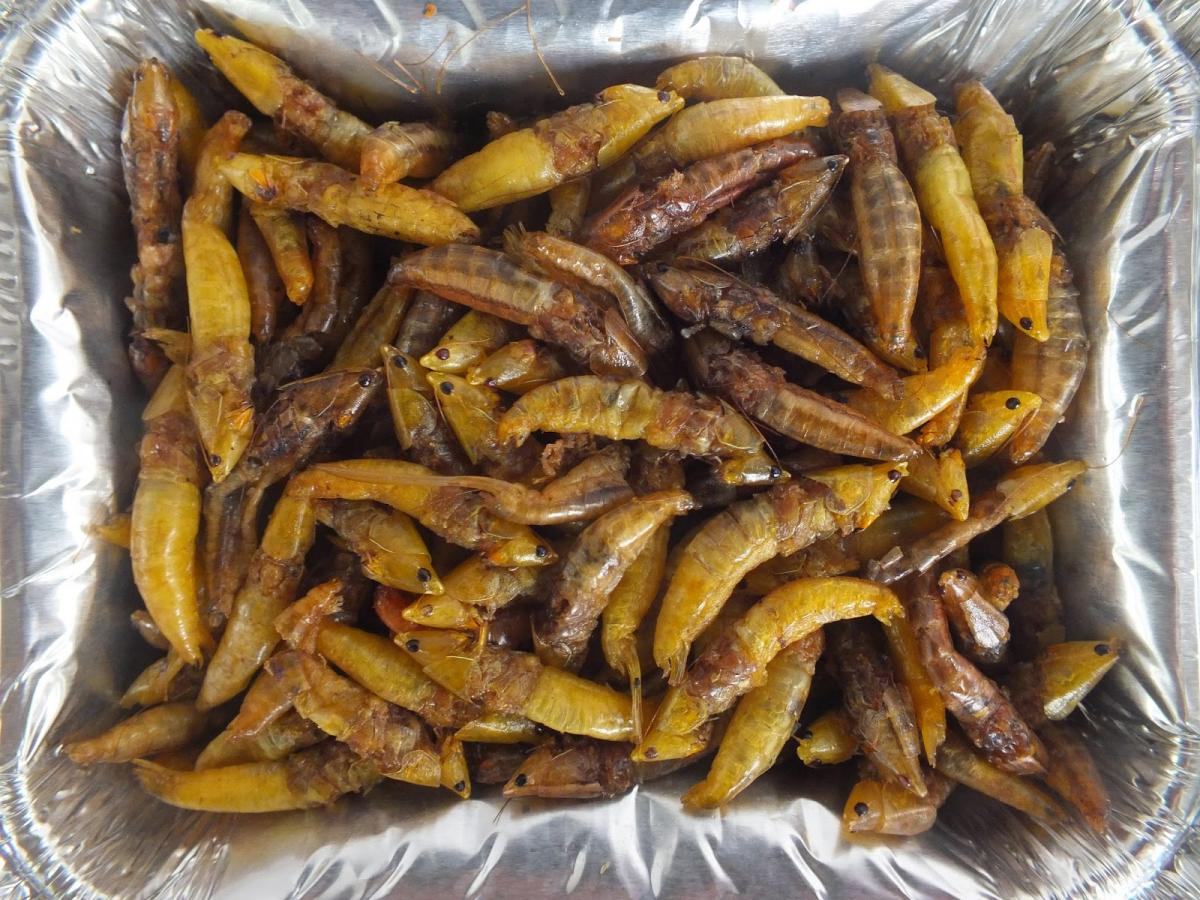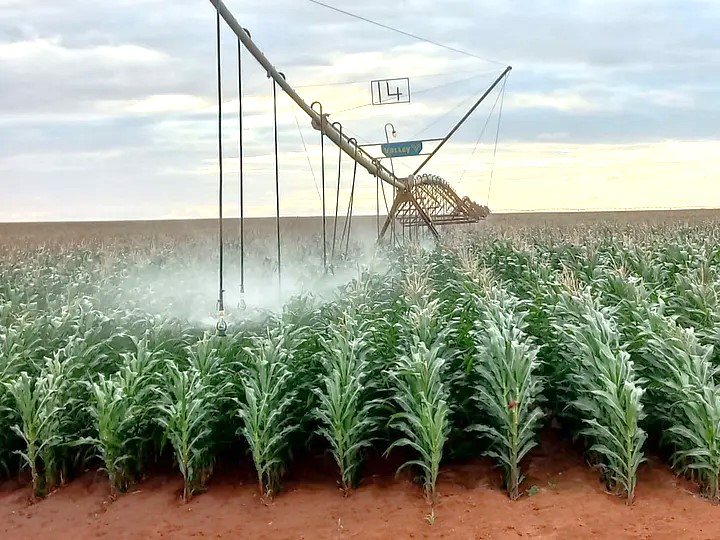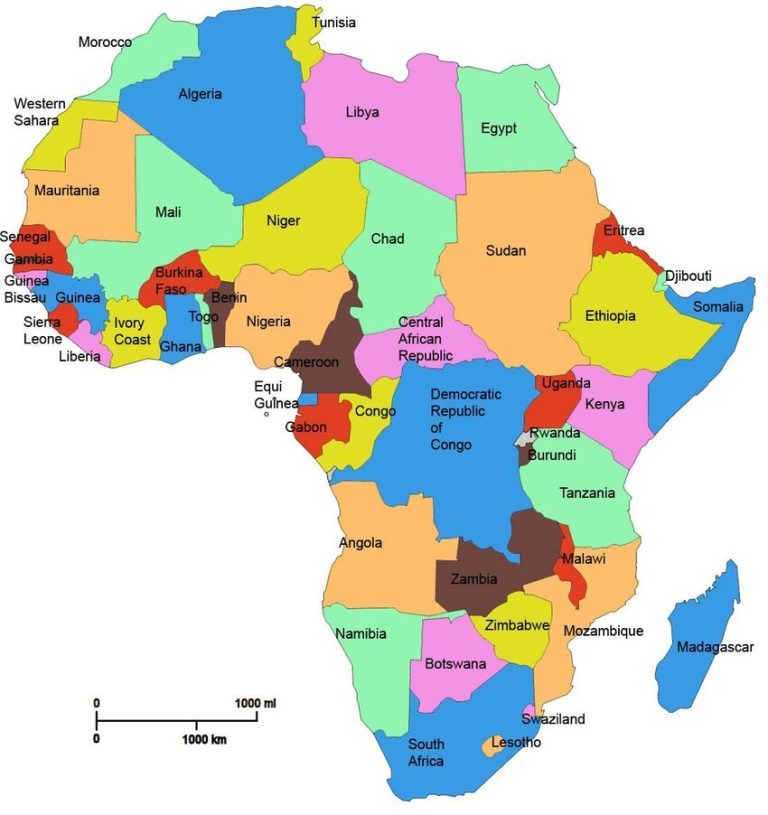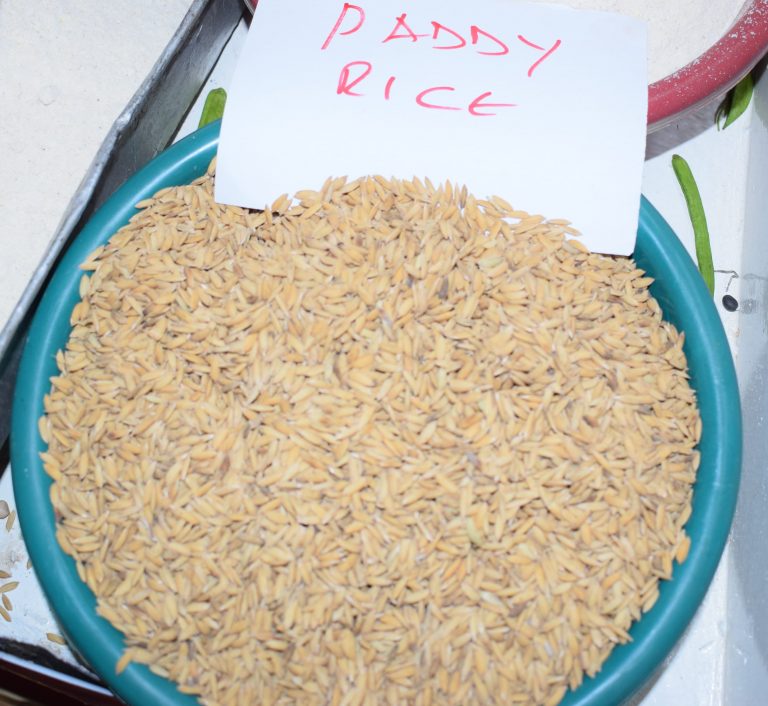By ASARECA (Association for Strengthening Agricultural Research in Eastern and Central Africa)
As the recent locust invasion in Eastern and Central Africa continues to pose a threat to food security, majority of the countries affected are responding proactively despite just recovering from droughts and the effects of erratic rainfall.
Ethiopia, Somalia, Kenya and Uganda are currently under a severe invasion that authorities have described as the worst in 70 years. Over 400 hectares of crops and vegetation has been destroyed by these huge swarms of locusts, that only migrate after completely feasting on any green leafy vegetation.
Amidst concern that these destructible insects will spread to more regions and countries including South Sudan in the coming weeks, some scientists have in the past encouraged the consumption of desert locusts.
Entomophagy- the practice of eating insects is as old as mankind and practiced by over 2 billion people globally. This practice is more common in Africa than anywhere else in the world. The continent is home to the richest diversity of edible insects – more than 1500 species ranging from caterpillars (Lepidoptera) to termites (Isoptera), locusts, grasshoppers, crickets (Orthoptera), ants and bees (Hymenoptera), bugs (Heteroptera and Homoptera) and beetles (Coleoptera).Insects are a rich source of protein and a healthier alternative to red meat, and can contain up to three times more protein than beef and chicken.
Africans have for a long time enjoyed these varieties of delicacy, not as a primitive delight but as a nutritious and healthy source of proteins, vitamins, fat and livelihoods.
“It is known that insects have many health benefits. They are high in protein, fiber, minerals, sterols and antioxidants. They multiply fast and they need limited water and land resources”, says SegenetKelemu, Director General and CEO of the International Centre of Insect Physiology and Ecology (icipe).

Ensenene
The top four common insects enjoyed in Africa include:
a) Grasshoppers, Locusts and Crickets
This is the most widely consumed group of insects probably because of their abundance and ease to catch.
Although grasshoppers, locusts and crickets may look alike, there are actually some very marked differences. Both grasshoppers and locusts are largely active during the day. However, unlike grasshoppers, locusts live and move in very large groups (known as ‘swarms’), and they’re very notorious for their ability to destroy vast areas of vegetation in a very short time.
Crickets, on the other hand, are more active at night, and make a very distinct sound (known as ‘chirping’). Their sounds are used by hunters to locate and catch them. And most times, they live in holes under the ground.
Grasshoppers, locusts and crickets have a neutral flavor and can be fried, cooked or roasted and served with a sauce or spice. However, scientists have observed in DR Congo that when these hoppers are eaten without removing the legs, intestinal constipation may occur, caused by the large spines on the tibia of these insects. So, beware!
In Uganda and Tanzania, the longhorn grasshopper, Ruspoliadifferens commonly known as seneneis a popular delicacy during the rainy season and is a source of economic growth retailing at up to 2 USD a kilo.
b) Termites
Termites are rich in proteins and Omega 3 fatty acids, making them enjoyed in most parts of Africa as a healthy snack or as a side dish.
Apart from their 65 percent protein composition, termites contain minerals like iron and Vitamin A; providing nutrients in areas where other animal proteins like meat and fish may be expensive.
The particular species of termites eaten in most parts of Africa are the ones that fly, often harvested during the rainy season when they fly around.

Termites
c) Mopane Worms
In Southern Africa especially Botswana, South Africa and Zimbabwe, mopane worms are a special seasonal delight. They are commonly eaten dry and crunchy, like potato chips, or may be cooked in a sauce or stew.
The worms contain high levels of crude protein, amino acids, healthy fat, minerals and vitamins and are very tasty apart from being highly nutritious.
The mopane worm is the caterpillar of the emperor moth and is named after the mopane tree, on whose leaves it feeds after it hatches. The worms are harvested from the trees squeezed out and dried before they are sold in local markets.

Mopane Worms
4. Palm Weevil Larva
Across West and Central Africa, the Palm Weevil larva is favorite in many households. The African palm Weevil Larva contains up to 70 percent fat and is often fried in its own fat.
The larvae are hatched from eggs laid by adult palm weevils in the trunk of palm trees. Although they are usually associated with oil palms, these larvae can be found in coconut trees and palm trees including dates.
Palm weevil larva are also enjoyed in Indonesia Cambodia and Thailand and are even farmed by specialized farmers in an attempt to meet the huge demand.

Palm Weevil Larva
Insects for Animal Feed
Protein is the main component in animal feed accounting for over 60 percent of animal feed composition. The rarity, cost and demand of animal feed has made it inaccessible to smallholder farmers who are in dire need of it.
Researchers in Kenya and Uganda working with ICIPE have now come out to encourage the adoption of insects as a protein substitute in animal feed. Poultry and fish industries are amongst the fastest growing agribusinesses that face potential insecurities due to expensive inputs such as feed.
The research is using methods to equip over 10,000 households and train over 60 small and medium enterprises in mass insect rearing and processing of food.
Caution
Despite the widespread consumption of insects in Africa, health workers are warning against the harvesting and consumption of insects killed by insecticides, as the composition of the chemicals can be a hazard to human and animal health.
ASARECA is therefore issuing advice and caution against consuming of insects especially locusts that are currently being sprayed by national organizations using insecticides.












